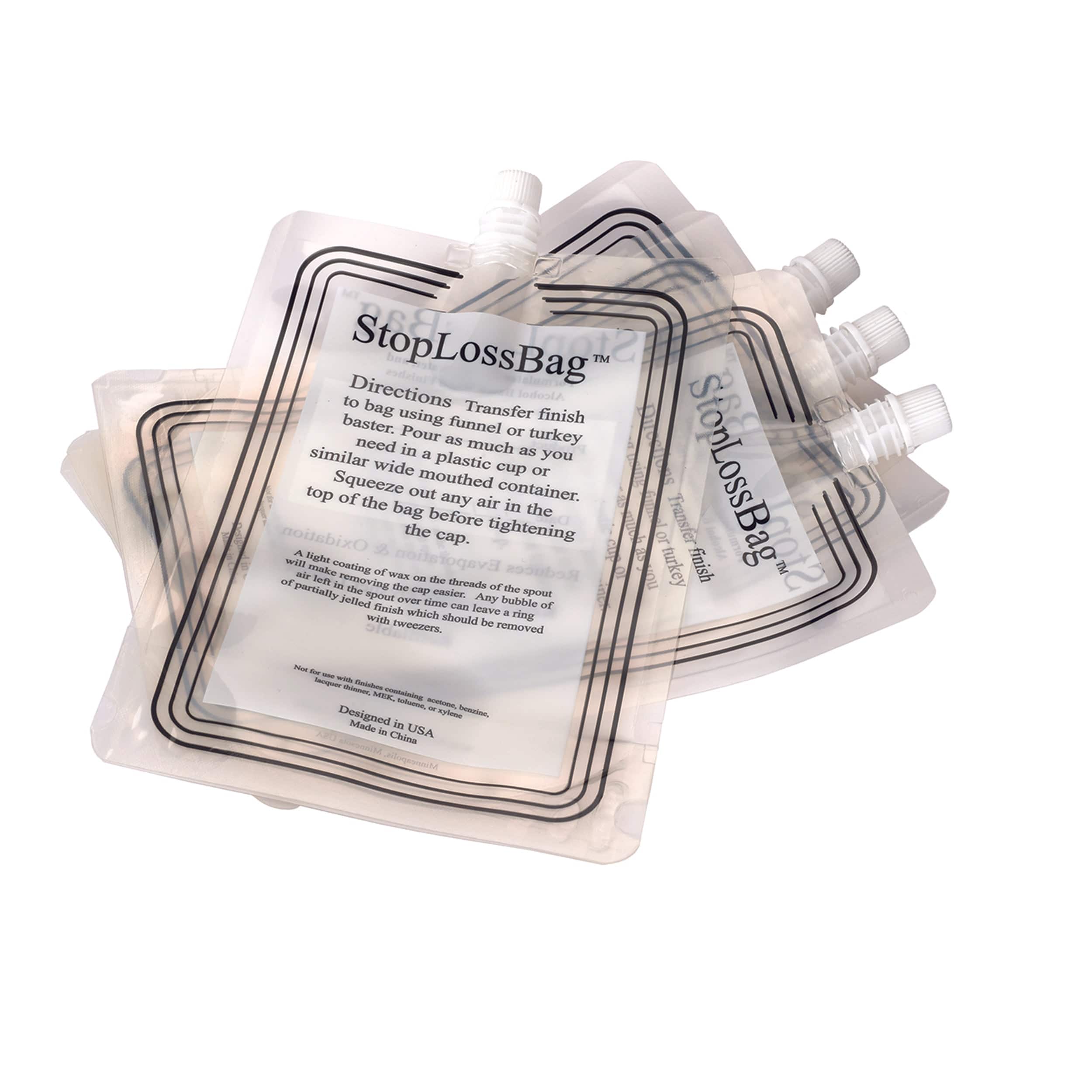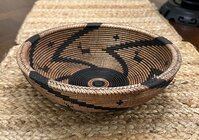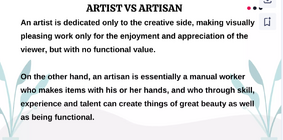As for being totally food safe, just about any finish is supposed to be "food safe" when "fully cured". The fully cured part is the tricky part. Some people will be hypersensitive to just about any finish and the driers that are/can be used with them to get them to cure. If I can smell the finish at all, then it is still curing, and probably "offgassing". I do consider the walnut oil to be food safe because I can eat it straight out of the can. I would never attempt that with any of the "Danish" types of oils or oils with hardeners added. I would guess Rubio Monocote would be better than many, mostly because of the low odors.
robo hippy
robo hippy









